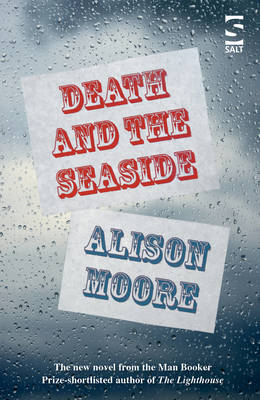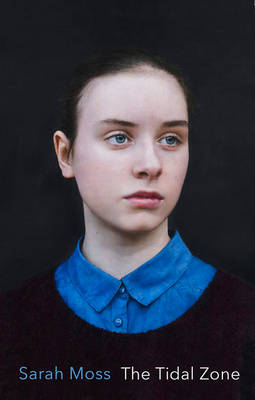I thought I’d put together a few posts going through the books I’ve read recently.
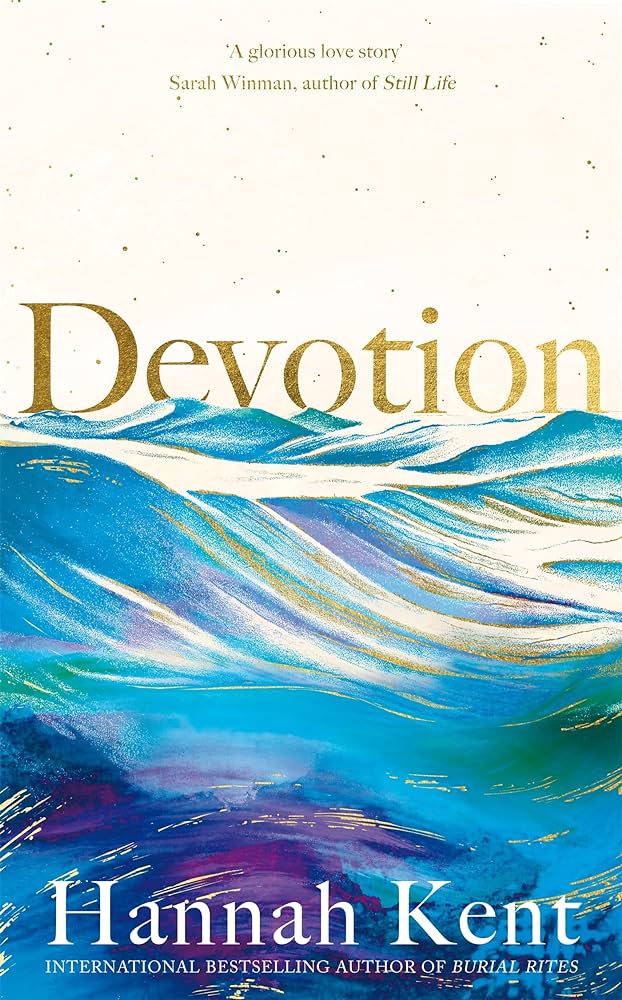
I’ve just finished Devotion by Hannah Kent. It’s a beautifully written book, with poetic prose that captures the awe-inspiring beauty of nature. The book follows Hanne, a solitary girl, who finds a kindred spirit in Thea, the daughter of a family who have recently moved to the village.
Hanne and her family, along with those in her village, are shunned by their homeland due to their religion and they take a lengthy journey to find refuge in Australia.
The writing throughout the book has a visceral quality, but the claustrophobic, confined nature of the six month voyage across the ocean felt particularly vivid and intense. Kent’s portrayal of the relationship between Hanne and Thea is beautiful, and other relationships through the novel are astutely drawn.
The second half of the book took an unexpected turn for me, and I felt like I didn’t enjoy this part as much as the first. That being said, as time went on, there were elements of it that I began to enjoy, but it didn’t have me in its grasp as much as the first half.
Overall, Devotion is a book that explores love, nature, and belonging in beautiful prose.
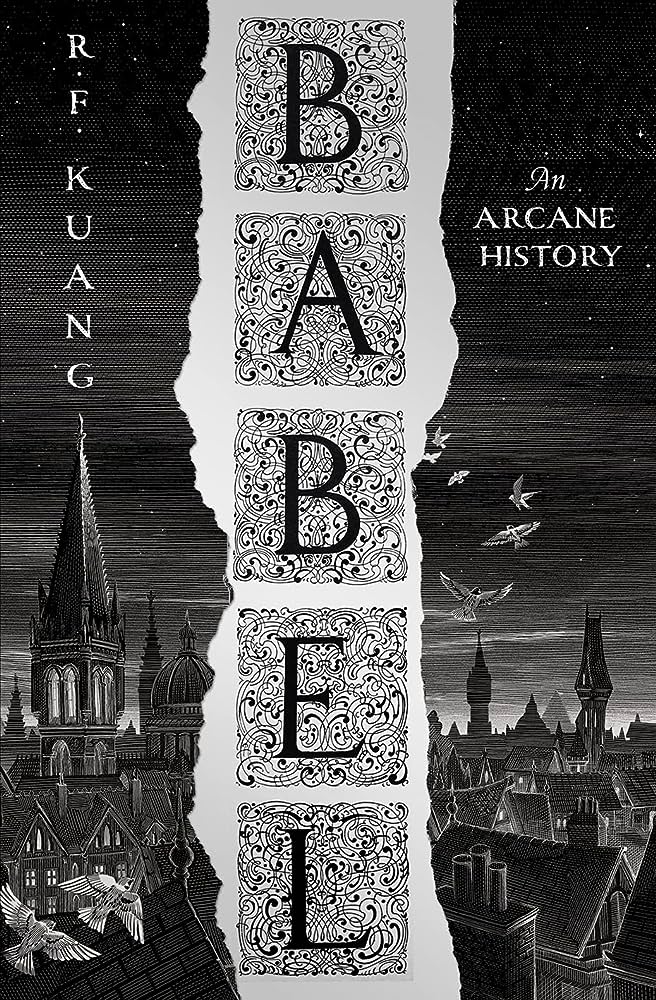
Babel by R. F. Kuang is an extraordinary book that has stayed with me some time after reading it. It feels impossible for a short, or even long, review to do it justice but I’ll try. The world-building is excellent. Kuang’s depiction of Oxford so vividly conjured the city for me, and the magical element of silver having certain properties was exceptionally done. For those who aren’t keen on magical or fantastical elements in fiction, I would highly recommend Babel, as it’s so cleverly done here in that it’s an integral part of the story but it fits so seamlessly and subtly – it’s our world but with this one element altered.
The book covers an abundance of themes: colonialism, racism, language, translation, identity and belonging. These themes are interwoven throughout the story, conveyed through vividly drawn characters and articulated in engaging prose, and clearly thoroughly researched and understood by the author.
An excellent book that I’d highly recommend.
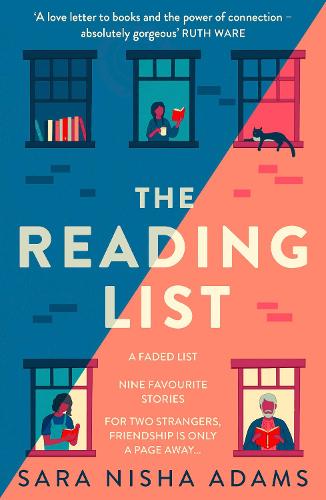
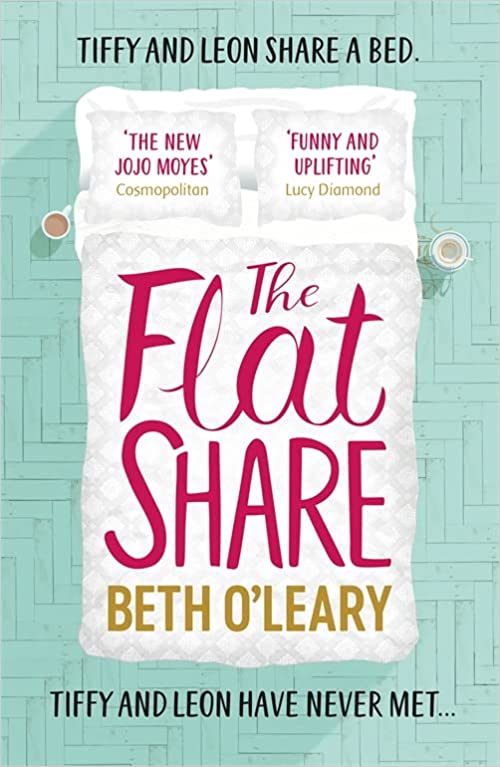
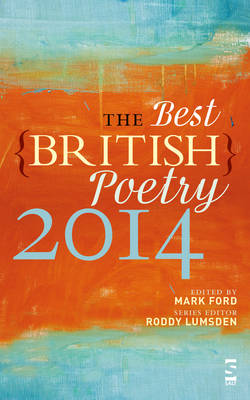
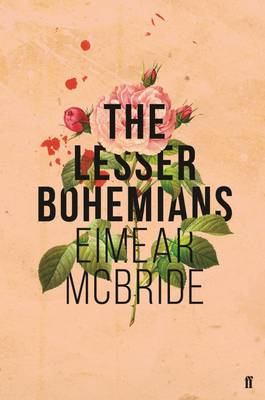
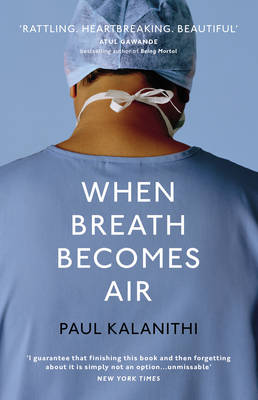 It’s been more than two months since I finished When Breath Becomes Air and I’m still thinking about it. I also still don’t know how I can encompass my experience of reading it and put it into words, let alone a blog post. I just want to push this book into everyone’s hands and tell them to read it.
It’s been more than two months since I finished When Breath Becomes Air and I’m still thinking about it. I also still don’t know how I can encompass my experience of reading it and put it into words, let alone a blog post. I just want to push this book into everyone’s hands and tell them to read it. 